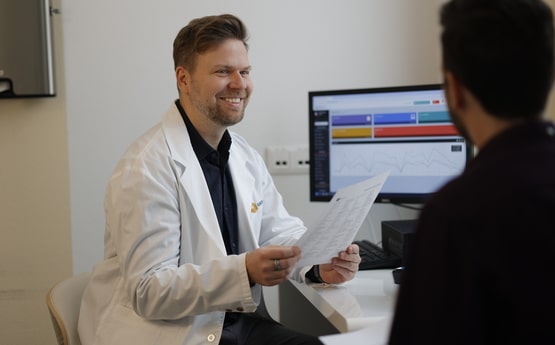

What does
Surgery deal with?
Surgery as a method is a common foundation for many different medical specialties. While internal medicine primarily involves medication and less radical interventions, surgery typically uses operative, more drastic methods that usually provide immediate solutions. Among the diseases treated in outpatient surgical care, various skin conditions are the most common, especially moles and warts, which, beyond cosmetic concerns, may indicate a precancerous condition.
In the incision line of previous surgeries, the skin sometimes thickens, and excess scarring can be excised to achieve more appealing aesthetic results. Ingrown toenails are a common condition in surgical practices. Despite being limited to a small area, it can cause severe pain and serious complications, so in this case, be sure to visit our Institution. Inflammatory diseases of the skin and deeper tissues often require surgical care as well. This includes, for example, the drainage of various abscesses, which can be most effectively treated by draining the accumulated pus and irrigating the cavity. Surgical wound inspection, dressing changes, suture removal, and stitching of smaller wounds can also be performed at our Institution.
Additionally, it’s worth seeking surgical consultation for conditions such as inguinal hernia, gallstones, varicose veins, or hemorrhoids to select the appropriate therapy.

When should you visit the surgery department?


How does a surgical examination proceed?
Our specialist will ask about your previous surgeries, medications, known conditions, and current complaints. The removal of moles, warts, and other unwanted skin conditions is performed under local anesthesia, after which the skin surface is closed with one or several stitches depending on the wound size. The administration of anesthesia may cause a slightly uncomfortable, tight sensation, but afterward, the procedure is completely painless. These procedures typically take just a few minutes. For ingrown toenails, the ingrown portion needs to be removed, which also requires local anesthesia. Anesthetizing an inflamed toe may cause more discomfort than usual, but after the injection, the procedure is minimally painful. Suture removal doesn’t require anesthesia, takes only a few minutes, and is not painful.
Our Prices in Surgery
Our Doctors in Surgery






